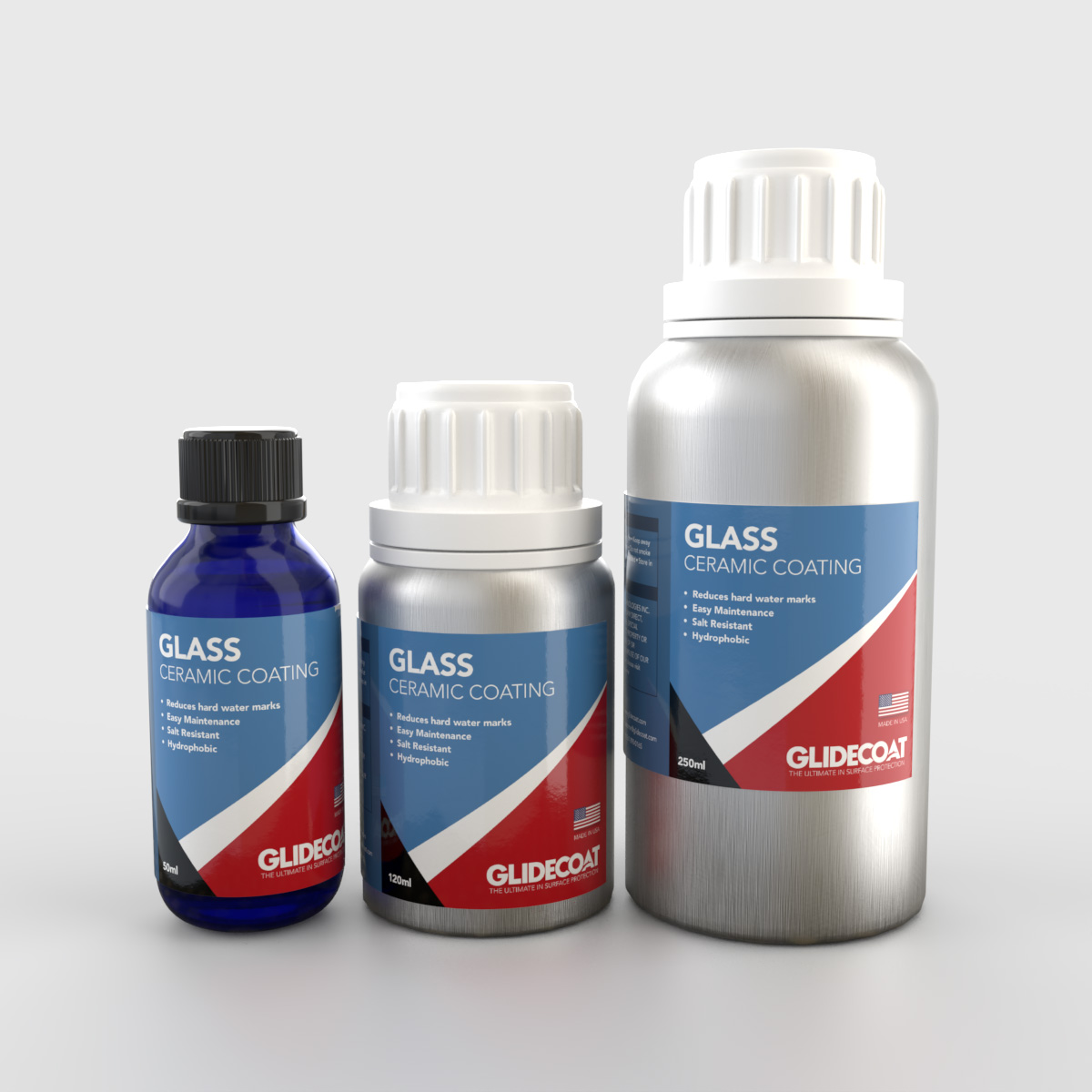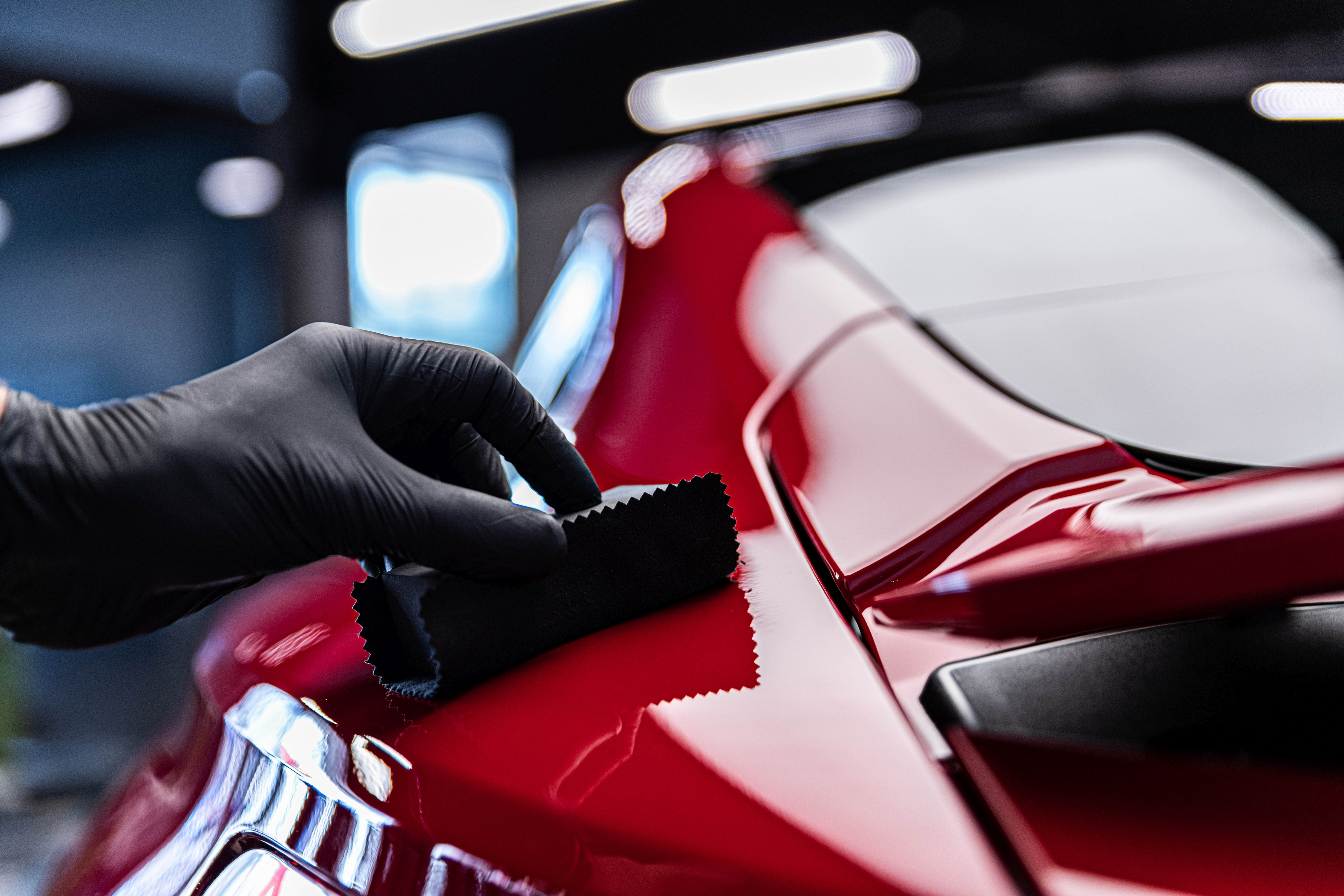Why Ceramic Layer Is the Ultimate Service for a Perfect Complete
Ceramic finishing has actually arised as a leading solution for those looking for a perfect finish for their cars, thanks to its amazing resilience and safety attributes. This innovative fluid polymer not only bonds perfectly with manufacturing facility paint yet also supplies a formidable barrier against typical dangers such as scrapes, UV rays, and toxic wastes. In addition, its hydrophobic residential or commercial properties simplify upkeep while boosting aesthetic allure. Comprehending how this modern technology compares to conventional methods and exploring its application subtleties can reveal even much more regarding its worth. What factors genuinely set ceramic coating apart?
What Is Ceramic Coating?

When used properly, ceramic coating creates a hydrophobic surface that drives away water and dust, making it simpler to clean up and preserve. Unlike standard waxes or sealers, which typically provide brief defense, ceramic finishes can last for several years, depending upon the item quality and application technique. The process of using ceramic coating requires meticulous preparation, including extensive cleansing and sometimes repaint improvement, to make sure ideal bonding and efficiency.
Ceramic layers are not limited to vehicle surfaces; they can also be used on various materials, consisting of glass, steel, and plastics, offering a flexible service for enhancing security. Overall, ceramic finishing represents a substantial advancement in surface area security innovation, incorporating both functional and visual benefits for a vast array of applications.
Benefits of Ceramic Finishing
While several surface area protection choices exist, the advantages of ceramic coating stand out due to its special properties and resilient efficiency. One of the primary benefits is its exceptional durability. Ceramic Coating Philadelphia. Unlike conventional wax or sealants that need regular reapplication, ceramic layers give a resistant layer that can last for several years, significantly lowering maintenance efforts
One more notable benefit is boosted defense against ecological impurities. Ceramic coverings produce a hydrophobic surface area that repels water, dirt, and different toxins, making it simpler to clean. This function not just preserves the automobile's look however likewise reduces the threat of corrosion and oxidation, specifically in harsh climate condition.
Furthermore, ceramic layers offer premium resistance to UV rays, avoiding fading and destruction of paint in time. This UV defense is essential for maintaining the aesthetic value of vehicles and surfaces subjected to route sunshine.
Additionally, the glossy coating achieved with ceramic coating improves the general aesthetic appeal, offering surface areas a showroom-quality luster. On the whole, ceramic finishings represent a substantial innovation in surface area security technology, giving enduring benefits that deal with both practical and visual demands.
Just How It Functions
Recognizing the science behind ceramic finishings exposes just Extra resources how they give such exceptional protection and longevity. At its core, a ceramic finish is a liquid polymer that chemically bonds with the lorry's manufacturing facility paint.
The application process entails multiple actions, consisting of surface area preparation, which is crucial to accomplishing optimum bond. Once used, the layer goes through a healing procedure, throughout which it hardens and creates a semi-permanent bond with the paint surface. This bond is what identifies ceramic coverings from standard waxes and sealers, offering a longer-lasting safety obstacle that can endure for years.
Additionally, the density of the layer can enhance its safety qualities, ensuring that it can hold up against rough problems. Eventually, the scientific research of ceramic coatings combines sophisticated products with innovative application strategies to supply an unmatched level of protection and visual improvement for cars.
Comparison With Typical Approaches
When compared to standard paint protection methods such as sealants and waxes,The advantages of ceramic finishings come to be specifically apparent. While waxes use a momentary luster, typically lasting a few weeks to a couple of months, ceramic coverings supply a durable safety layer that can sustain for several years. This longevity significantly decreases the frequency of reapplication, making ceramic coverings a more economical option in time.
Additionally, typical approaches typically call for considerable prep work and several applications to accomplish a sufficient level of protection. In contrast, ceramic coatings bond at a molecular level with the vehicle's surface area, producing a robust shield versus ecological contaminants like UV rays, acid rain, and road salts. This bond boosts the lorry's resistance to scrapes and swirl marks, which prevail with typical waxes and sealers.
Furthermore, the hydrophobic homes of ceramic coatings drive away water and dirt, bring about less complicated cleaning and maintenance. On the other hand, wax and sealant-treated surface areas can draw in crud, requiring even more frequent cleaning - Ceramic Coating Philadelphia. In general, ceramic coverings not just offer check over here superior security yet also deliver a more aesthetically enticing and enduring surface, establishing them as the favored selection for critical vehicle owners
Application and Upkeep Tips

Making use of a foam applicator, use the finish in little sections, complying with the supplier's standards relating to density and overlap. Enable adequate treating time in between layers, generally 24 hr, to ensure appropriate bonding. After application, it is important to avoid direct exposure to water or extreme aspects for at the very least a week to enable the layer to completely heal.
In addition, using a ceramic maintenance spray can boost the coating's hydrophobic properties and longevity. Regular examinations for any type of indications of wear will assist keep the covering's integrity and maintain that beautiful surface.
Verdict
In final thought, ceramic layer arises as a superior option for attaining a remarkable automobile finish. By forming a durable bond with factory paint, ceramic layer properly guards against scrapes, UV rays, and environmental pollutants.
